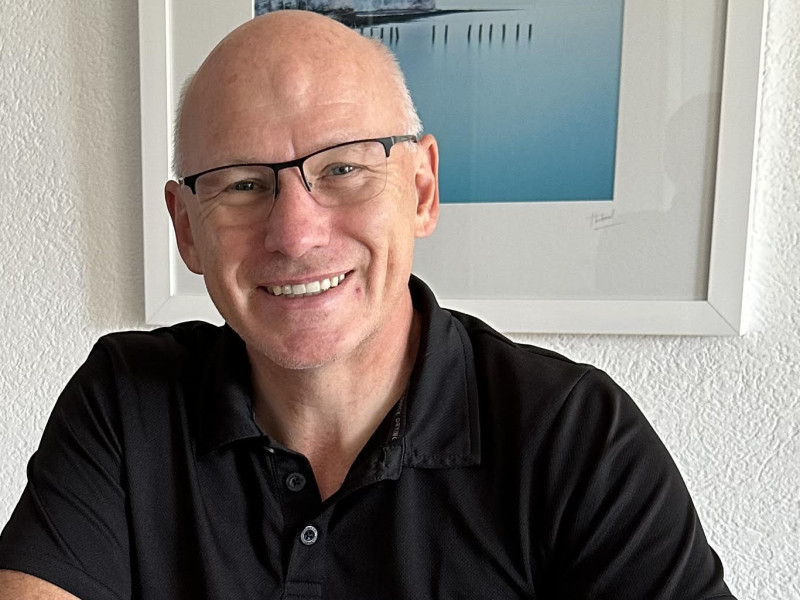John Pares FIIRSM, IIRSM Trustee and Chair of the Europe Branch, on learning from Seveso
If I’ve learned anything in my career, it’s that nothing happens in isolation. Everything seems to be connected and there are always wheels turning within wheels. Seveso seems to have been following me around since my early 20s (or have I been following it?)
I first became aware of Seveso in the 1980s. My Chemical Engineering course at Leeds University included a module on learning from major industrial accidents, and Seveso was one of these. On reflection, this course was my first inspiration to get involved in safety as a profession.
Around 10 years later I found myself as the HR manager for a chemical site in Kent. Heavily involved with the OSH team, I realised that Control of Industrial Major Accident Hazard Regulations (CIMAH) was the UK equivalent of the European regulation which became the Seveso II Directive in 1996.
As I moved jobs, Seveso once again faded into the background, until one day in 2010 in New Jersey. Working for Swiss company Givaudan, I was waiting to present to the Board. They were overrunning so I was asked to sit through the agenda topic before mine. The topic was Seveso. It suddenly dawned on me that the Seveso operator, Icmesa, had been a wholly owned subsidiary of Givaudan. The Board were still discussing the consequences 34 years later! The effects of the accident were certainly longer lasting than the dioxin that was released on that day in 1976.
My main thought on leaving the meeting was why I hadn’t heard about this in my previous three years in Operations in the company. I already knew that Givaudan had an immature safety culture at that time, and I quickly realised that people in the company didn’t talk about the bad stuff. Coming from ICI, which had a very different culture, I realised that we were potentially missing some learning opportunities.
Three years later, I was a leader within Givaudan’s global EHS organisation and had a project to roll out the new management system. Running workshops with site leadership teams around the globe, I took the opportunity to include the Seveso story when discussing EHS responsibilities. Almost nobody knew about it, with two exceptions. Some of the team at the Geneva HQ had been involved in the aftermath. The other site was the office in Milan, about 20km from Seveso. The site head received calls from the media each year on the anniversary, and one of the people in the training was from the village of Seveso. They felt that this was a taboo subject and were pleased that Givaudan was now acknowledging this part of their legacy and sharing the rich learning opportunity. So, while the Seveso incident was a disaster that triggered the world’s longest ever study into the health implications of chemical exposure and sparked what is now the Seveso III Directive (2012) and the UK COMAH (2015) regulations, for me it was all about personal learning.
As an expert in HOP and culture I have long considered what are the critical success factors. For me the holy trinity are leadership, trust and learning. Having the courage to take the skeletons out of the cupboard, discuss how they got there, and involve everyone in making sure it doesn’t happen again, that makes a successful culture.
Thank you for enquiry
A member of staff will be in touch soon. Regards, IIRSM




